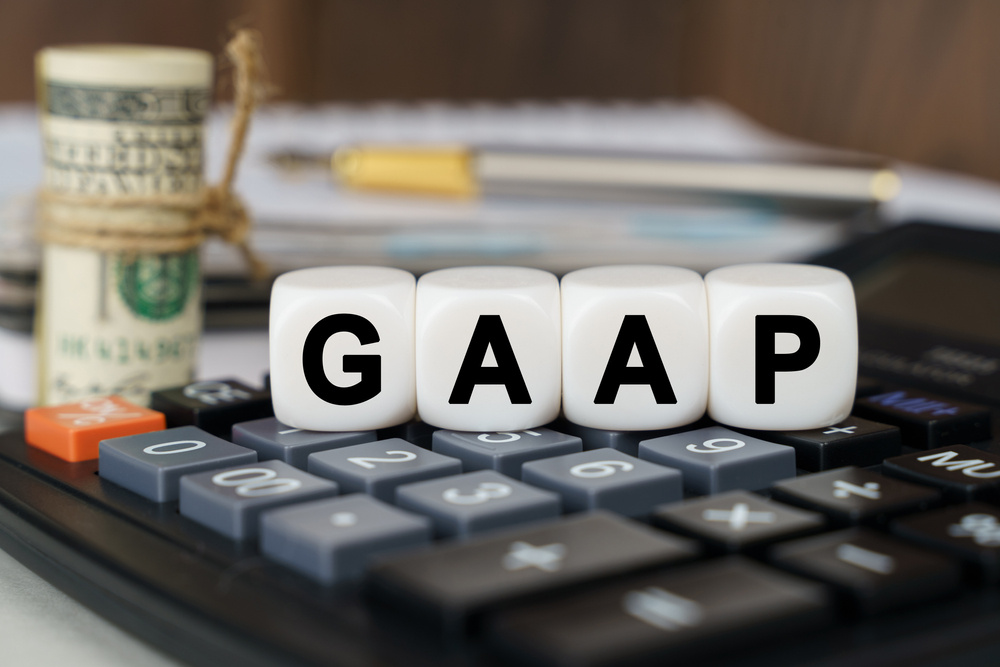Have you ever opened your financials and thought, "Wait, where does everything actually go?" You see your cash on one report and expenses like water and electricity on another. But when it comes to loan payments, they're... missing. It's confusing to figure out which report shows what—and even more confusing to understand why your loan payments don't show up as expenses.
You're not alone. Many small business owners expect their loan payments to appear on their Profit & Loss (P&L) statement. After all, you pay it every month like any other bill. But there's a reason it doesn't show up where you think it should, and it has everything to do with how loans are treated in accounting.
In this article, we'll explain exactly why your loans aren't on your P&L, where to find them, and how to correctly account for loan payments and interest. You'll also learn why only the interest portion of your loan counts as an expense and how it impacts your bottom line.
Proper loan accounting lets you see your business's complete financial reality—debts, assets, and all. Let's clear up the confusion so you can trust your numbers and make better business decisions.
Contents |
| What Belongs on Your P&L (and What Doesn't) |
| Where can I find my loans instead? |
| Why are loan payments not considered expenses? |
| Wait, what about interest? |
What Belongs on Your P&L (and What Doesn't)
Think of your Profit & Loss (P&L) statement as your business's financial report card. It shows all the money flowing in (your income) and out (your expenses) from regular operations. This includes your revenue, what it costs to deliver your products or services, and all your operating expenses, ultimately telling you whether you're making or losing money. But here's the catch: loans aren't part of your day-to-day operations. They're part of your financing.
Loans aren't income because you're borrowing money, not earning it. And when you repay the loan principal, you're returning borrowed funds, not incurring an expense. That's why neither the loan amount nor principal payments appear on your P&L.
However, one part of your loan DOES belong on your P&L: the interest. Unlike principal payments, interest is a cost of borrowing. It's a true business expense that reduces your profit and should be recorded accordingly.
Understanding this distinction gives you clarity about your true financial position. But knowing your loans should be on your balance sheet leads to an important question: exactly where on your balance sheet do they appear, and how can you track them properly? Let's explore that next.
Where can I find my loans instead?
If your loan payments aren't showing up on your P&L, don't worry—they haven't disappeared. They're simply recorded on a different financial statement: your balance sheet. Think of your balance sheet as your business's financial snapshot at a specific moment in time. While your P&L tells you how profitable you are, your balance sheet reveals your overall financial position by listing everything you own and everything you owe.
On your balance sheet, loans you've taken out appear as liabilities because they represent money your business must repay. Depending on the repayment timeline, you'll find them categorized in one of two places: under "Current Liabilities" if they're due within the next 12 months or under "Long-term Liabilities" if the repayment extends beyond a year. Each time you make a principal payment, you're reducing these liability balances.
However, not all loans work the same way on your balance sheet. If you've loaned money to someone else—perhaps to a business partner or another company—that loan appears as an asset, typically listed as "Notes Receivable" or "Loans Receivable." This is because those loans represent money that's owed to your business.
When reviewing your balance sheet, look for your loan balances under the liabilities section and monitor how they decrease with each payment you make. Remember that while your principal payments reduce these liability balances, only your interest payments will appear on your P&L as expenses.
This raises an important question many business owners ask: Why isn't it considered a deductible expense if you're paying out money for loan principal? Let's explore the crucial difference between principal and interest payments next.
Why are loan payments not considered expenses?
It feels completely natural to think of your loan payments as expenses. After all, you write that check every month just like you do for utilities, rent, and other regular bills. But your accountant or bookkeeper views it differently and understanding why helps you make smarter financial decisions.
In accounting terms, expenses reduce your taxable income because they represent costs directly tied to running your business. Your electric bill? That's an expense. Office supplies? Also expenses. But loan principal payments work differently because they simply return money you borrowed, not paying for a business resource or service.
Here's why this distinction matters: When you received the loan, you didn't count that money as income (imagine if you had to pay taxes on your loan!). Following the same logic, when you repay that borrowed money, it's not considered an expense. Think of it as moving money between accounts rather than spending it.
When you make a monthly loan payment, you're actually making two separate transactions:
- Returning part of what you borrowed (principal) - this reduces your liability on the balance sheet
- Paying for the privilege of borrowing (interest) - this is an actual expense on your P&L
This accounting treatment ensures your financial statements accurately reflect your business's true performance. If you recorded loan principal payments as expenses, your profitability would appear artificially lower than it really is.
There's also an important tax consideration. Mislabeling principal payments as expenses could overstate your deductions, potentially triggering IRS scrutiny. Keeping principal and interest separate ensures you deduct only legitimate business expenses while maintaining accurate, compliant books.
Wait, what about interest?
Now that we understand why loan principal isn't an expense, let's focus on the part of your loan payment that actually is: the interest. This distinction matters for both your financial reporting and tax planning.
Interest serves different roles depending on your position in the transaction. When you're paying interest on a business loan it represents the cost of borrowing money, a legitimate business expense. Unlike principal payments, interest is fully deductible because financing your operations is a real cost. This deduction helps offset your taxable income, potentially reducing your tax burden.
Let's look at a practical example: If you have a $100,000 business loan at 5% annual interest, you'll pay approximately $5,000 in interest during the first year. That entire $5,000 becomes a deductible business expense on your P&L, potentially saving you $1,000-$1,500 in taxes (depending on your tax bracket). Meanwhile, any principal payments you make—say $10,000 that year—simply reduce your loan balance on the balance sheet without affecting your P&L.
On the flip side, if you're the one collecting interest (perhaps you've provided financing to another business), that interest becomes income. This earned interest appears on your P&L as revenue, increasing both your gross income and potentially your tax liability.
To record interest correctly when you're the borrower, list it on your P&L statement under operating expenses. Most accounting software (like Xero, QuickBooks, or FreshBooks) automatically separates interest from principal when you set up loan payments properly. This separation ensures your financial statements accurately reflect both your debt reduction on the balance sheet and your borrowing costs on the P&L.
Understanding how interest flows through your financial statements helps you make smarter borrowing decisions. High-interest costs can significantly impact your profitability, but properly tracking these expenses ensures you capture all legitimate tax deductions.
Next, let's pull everything together and see how proper loan accounting contributes to your overall financial health.
The bottom line
We've covered why loans don't appear on your P&L, where to find them on your balance sheet, and how interest affects your bottom line. Now, it's time to put that knowledge into action.
Understanding proper loan accounting gives you three immediate benefits: clearer visibility into your true financial position, confidence in your tax reporting, and better data for making business decisions. When you correctly track loans and interest, you gain control over an often confusing aspect of business finances.
At DiMercurio Advisors, we specialize in helping small business owners navigate accounting complexities with clarity and confidence. Our team can ensure your financial statements accurately reflect your business reality, empowering you to make informed decisions.
Don't let accounting confusion hold your business back. With the right approach to loan accounting, you can move forward with confidence in your numbers and clarity about your financial position.








